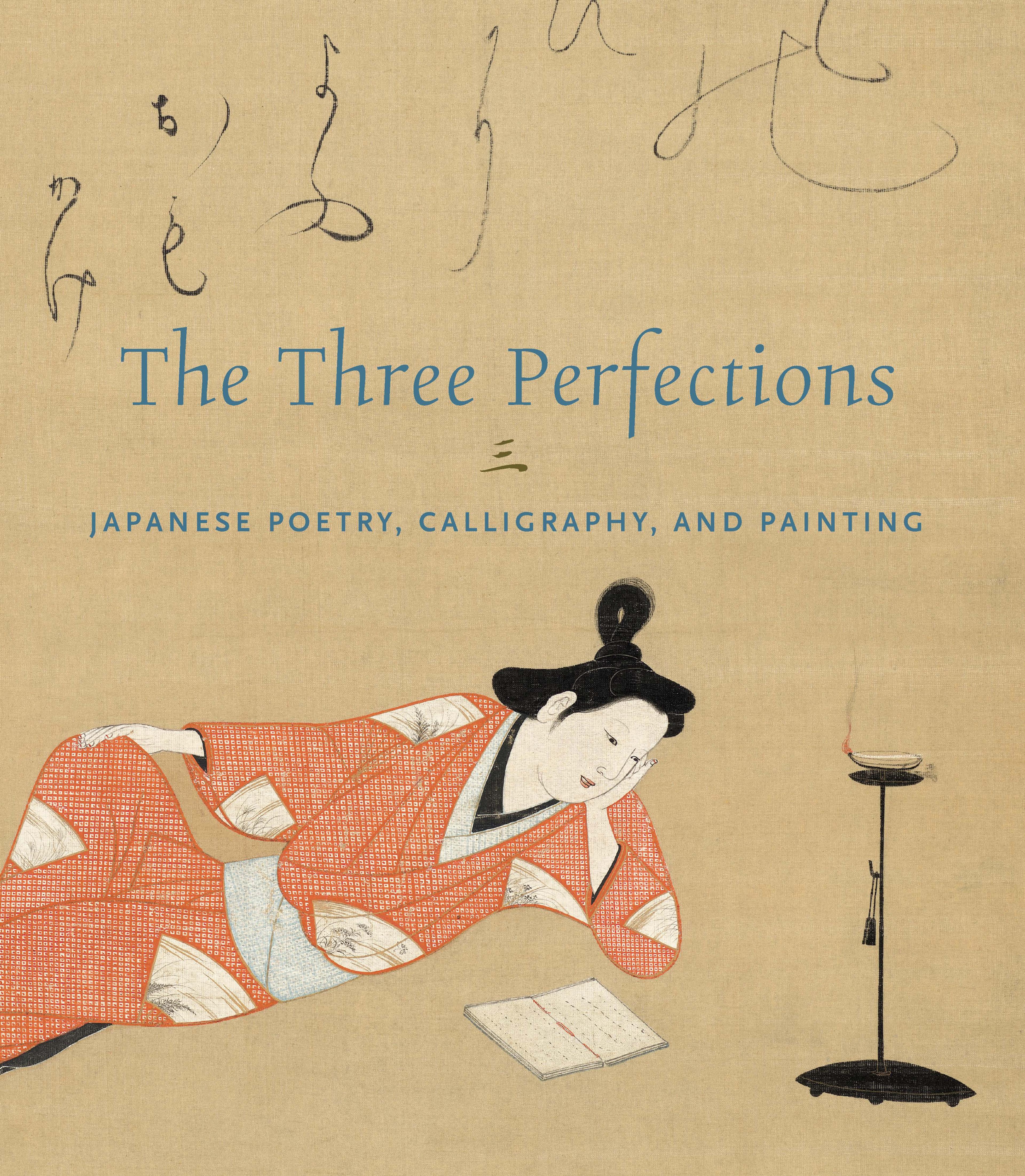Sacred Verse (Gāthā) from the Sutra of Perfect Enlightenment (Engaku-kyō)
Inscribed by Zekkai Chūshin, these two columns of cursive Chinese characters feature a famous passage from the Sutra of Perfect Enlightenment, a foundational scripture in Zen (Chan) Buddhism. This text provides guidance on how to free oneself from delusion and rediscover one’s original, inherent state of enlightenment. Zekkai lectured on this sutra at various times in his career, including to the shogun Ashikaga Yoshimitsu (r. 1368–94).
住妄想境 不加了知
於無了知 不辯真實
Dwelling in the realm of delusional thinking,
one cannot attain a clear understanding.
Without a clear understanding of things,
one cannot discern actual reality.
Translation by John T. Carpenter
住妄想境 不加了知
於無了知 不辯真實
Dwelling in the realm of delusional thinking,
one cannot attain a clear understanding.
Without a clear understanding of things,
one cannot discern actual reality.
Translation by John T. Carpenter
Artwork Details
- 絶海中津書 円覚経偈
- Title: Sacred Verse (Gāthā) from the Sutra of Perfect Enlightenment (Engaku-kyō)
- Artist: Zekkai Chūshin (Japanese, 1336–1405)
- Period: Muromachi period (1392–1573)
- Date: ca. 1380s–1405
- Culture: Japan
- Medium: Hanging scroll; ink on paper
- Dimensions: Image: 37 × 13 5/16 in. (94 × 33.8 cm)
Overall with mounting: 66 3/4 × 14 1/8 in. (169.5 × 35.9 cm)
Overall with knobs: 66 3/4 × 15 15/16 in. (169.5 × 40.5 cm) - Classification: Calligraphy
- Credit Line: Mary and Cheney Cowles Collection, Gift of Mary and Cheney Cowles, 2022
- Object Number: 2022.432.6
- Curatorial Department: Asian Art
More Artwork
Research Resources
The Met provides unparalleled resources for research and welcomes an international community of students and scholars. The Met's Open Access API is where creators and researchers can connect to the The Met collection. Open Access data and public domain images are available for unrestricted commercial and noncommercial use without permission or fee.
To request images under copyright and other restrictions, please use this Image Request form.
Feedback
We continue to research and examine historical and cultural context for objects in The Met collection. If you have comments or questions about this object record, please contact us using the form below. The Museum looks forward to receiving your comments.
